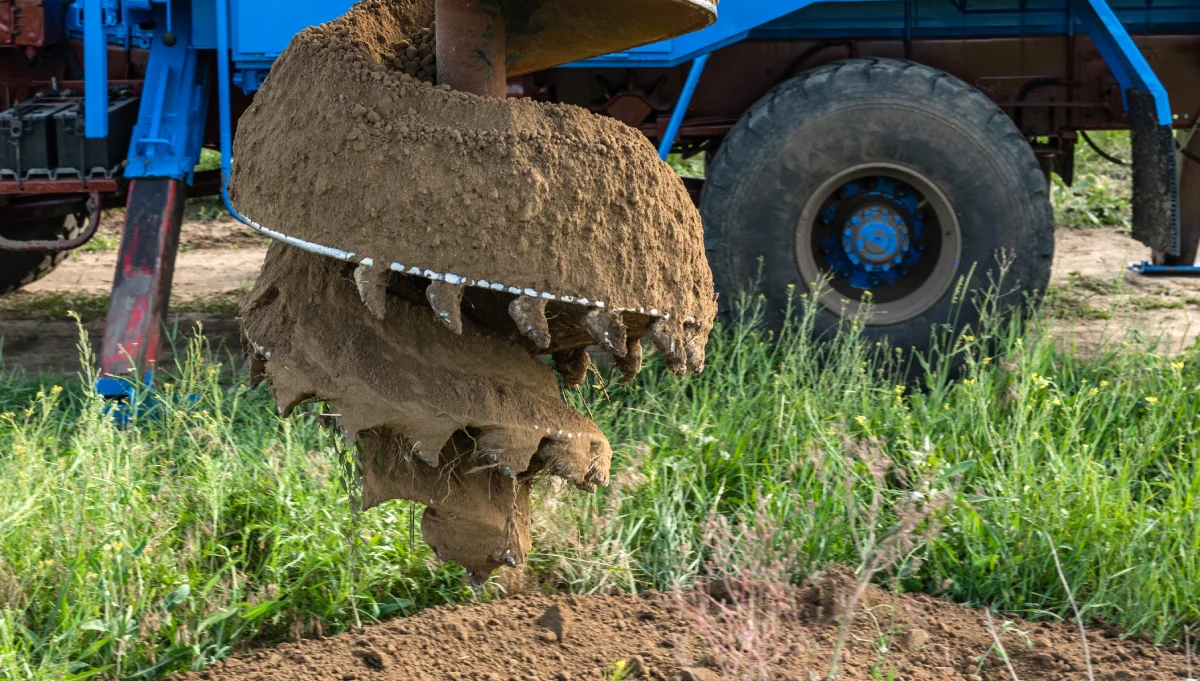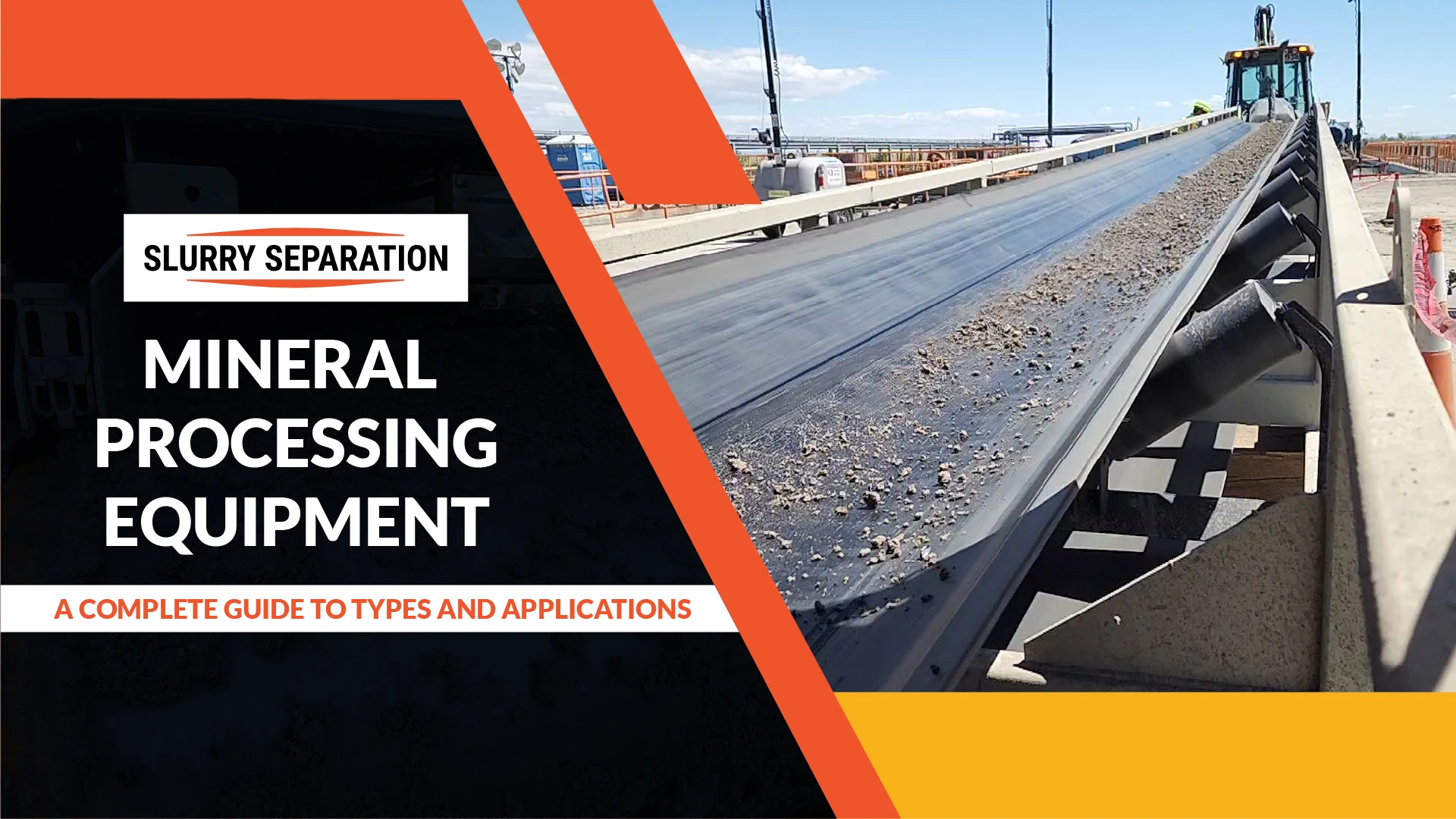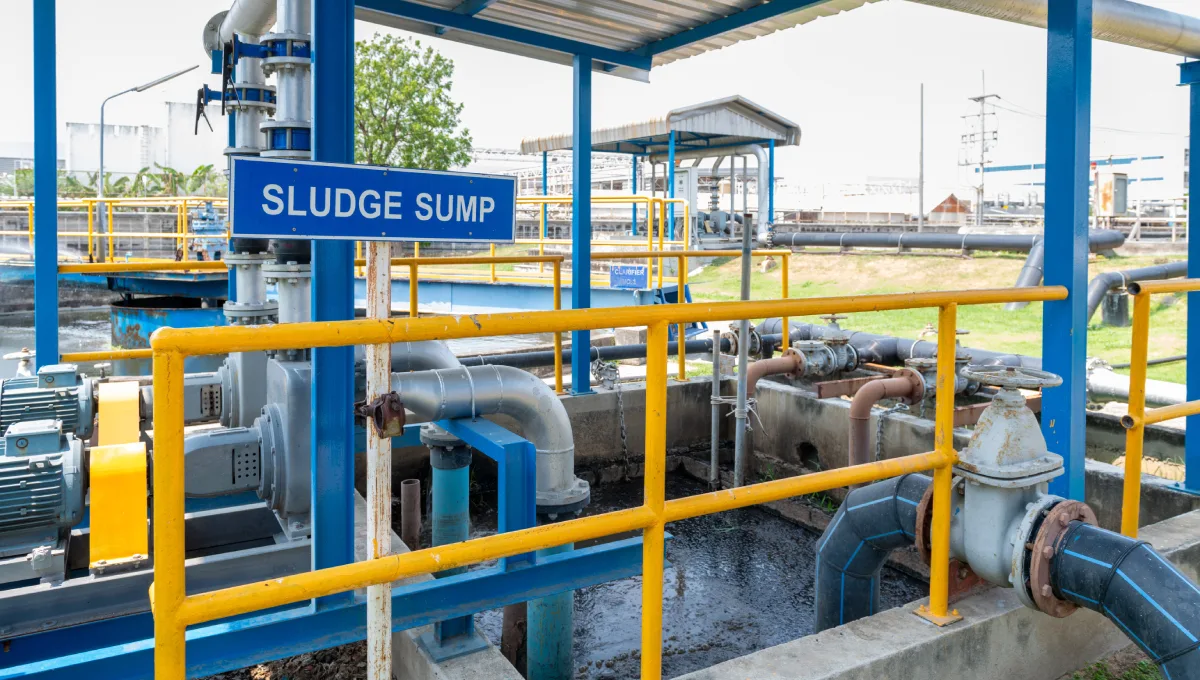Slurry Separators are indispensable components in the solids control system of drilling operations within a huge variety of industries. They play a pivotal role in separating drilled cuttings and solids from drilling mud, and sand and rocks from dredge pumping, thus ensuring the efficiency of downstream equipment. Shaker screens, the critical element of slurry separators (shale shakers), are subject to wear and degradation over time due to the harsh operating conditions they endure. Understanding the factors influencing the longevity of shaker screens is essential for optimizing their performance and minimizing operational downtime and costs.
Material Composition Is A Major Factor
The longevity of shaker screens is significantly influenced by the material composition from which they are constructed. High-quality shaker screens are typically made from durable materials such as stainless steel, polyurethane, or composite materials. Stainless steel screens offer excellent resistance to corrosion and abrasion, making them suitable for demanding drilling environments. Polyurethane screens are known for their flexibility and resistance to wear, while composite screens combine the advantages of both materials for enhanced durability.
Screen Design and Construction
The design and construction of shaker screens play a crucial role in their longevity and performance. Screens are available in various configurations, including flat, corrugated, and pyramid types, each designed to optimize particle separation and maximize screen life. Additionally, screens may feature different mesh configurations, such as square, rectangular, or diamond-shaped openings, depending on the desired particle size separation. Screens with reinforced frames and bonding techniques are better equipped to withstand the rigorous vibration and impact encountered during operation, thereby extending their lifespan.
Operating Conditions
The longevity of shaker screens is heavily influenced by the operating conditions in which they are used. Factors such as drilling fluid properties, drilling parameters, and drilling environment significantly impact screen wear and degradation. Abrasive drilling fluids containing high concentrations of solids or additives can accelerate screen wear, leading to reduced screen life or screen blinding. Similarly, operating at higher vibration levels or under excessive loads can cause premature failure of screens. Proper maintenance and monitoring of operating conditions are essential for maximizing screen longevity.
Strong Maintenance Practices
Regular maintenance and cleaning are essential for prolonging the life of shaker screens. Routine inspection of screens for signs of wear, tears, or blinding can help identify issues early and prevent costly downtime. Cleaning screens after each use to remove built-up solids and debris can prevent blockages and maintain screen performance. Additionally, proper storage of screens in a clean and dry environment when not in use can prevent degradation and extend their lifespan.
Rigorous Screen Replacement Strategy
Despite best efforts to prolong screen life, eventual replacement is inevitable due to wear and tear. Establishing a proactive screen replacement strategy based on factors such as drilling frequency, operating conditions, and budget constraints is crucial for minimizing downtime and optimizing cost-effectiveness. Implementing a regular inspection schedule and monitoring screen performance metrics can help determine the optimal replacement interval and ensure uninterrupted operation.
Manufacturer Quality and Support
Choosing a reputable manufacturer with a track record of producing high-quality shaker screens is essential to achieving longevity expectations. Manufacturers that adhere to stringent quality control standards and utilize advanced manufacturing processes are more likely to produce screens that withstand the rigors of drilling and slurry separation operations. Additionally, selecting a manufacturer that offers comprehensive technical support, training, and aftermarket services can enhance screen performance and longevity through proper installation, maintenance, and troubleshooting assistance.
The longevity expectations for shaker screens installed on shale shakers are influenced by various factors, including material composition, design, operating conditions, maintenance practices, replacement strategy, and manufacturer quality. By understanding these factors and implementing proactive maintenance and replacement strategies, operators can optimize screen performance, minimize downtime, and achieve cost-effective solids control operations in drilling applications.




